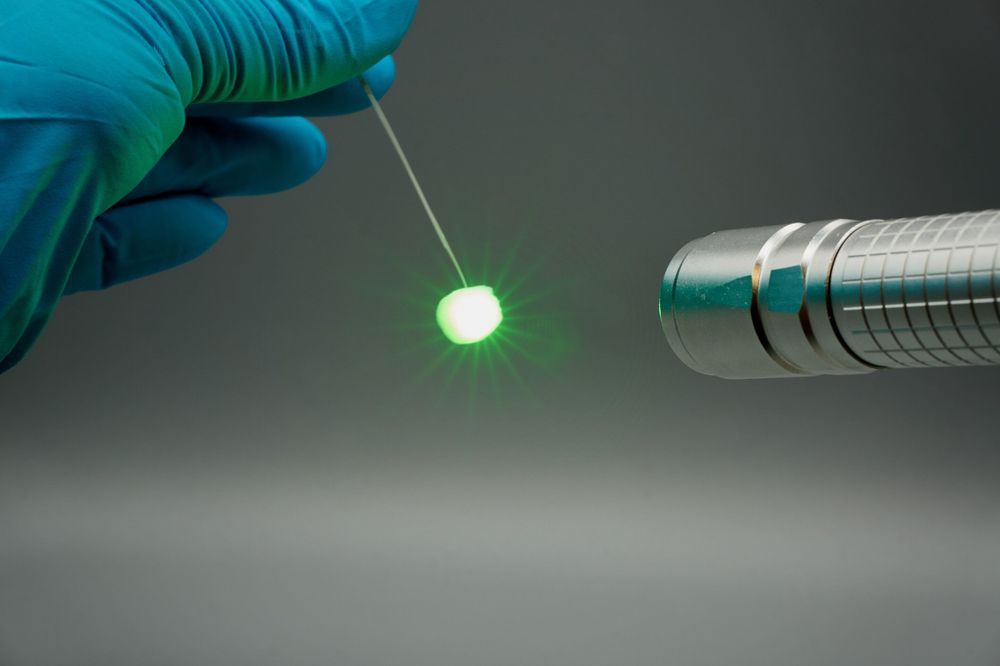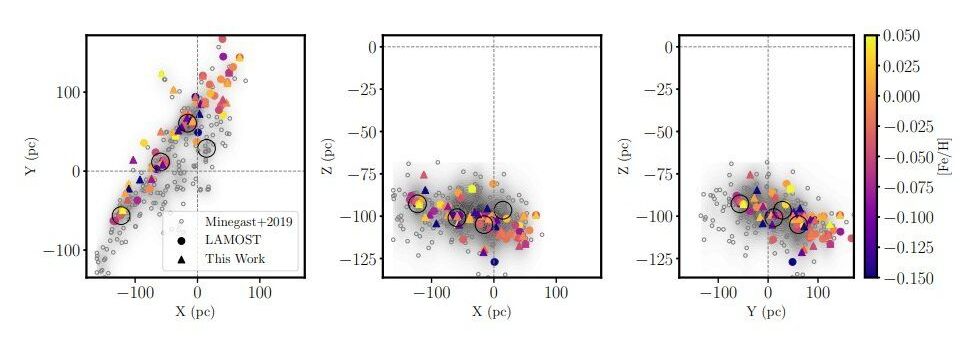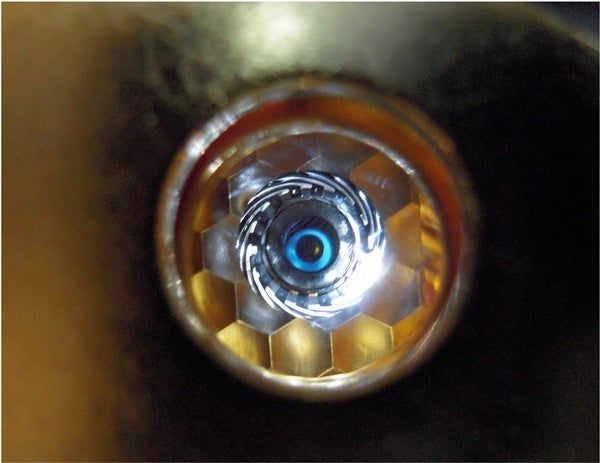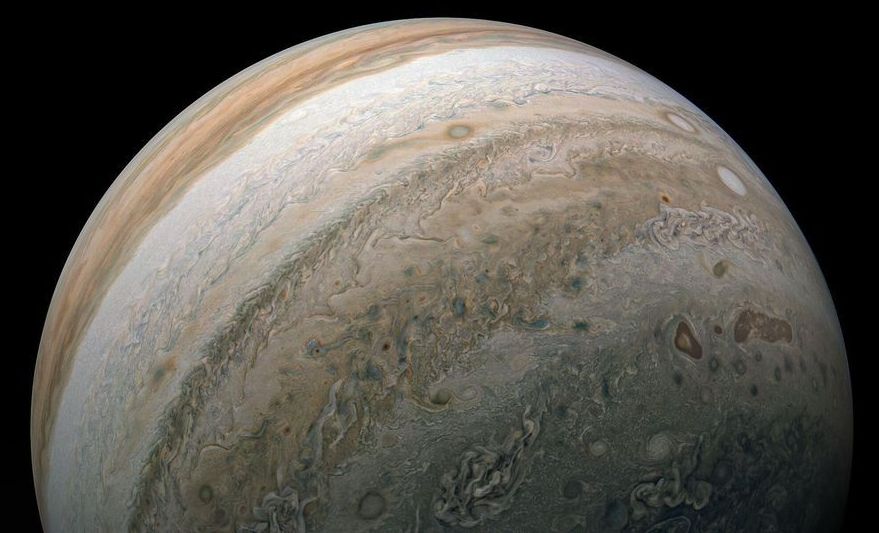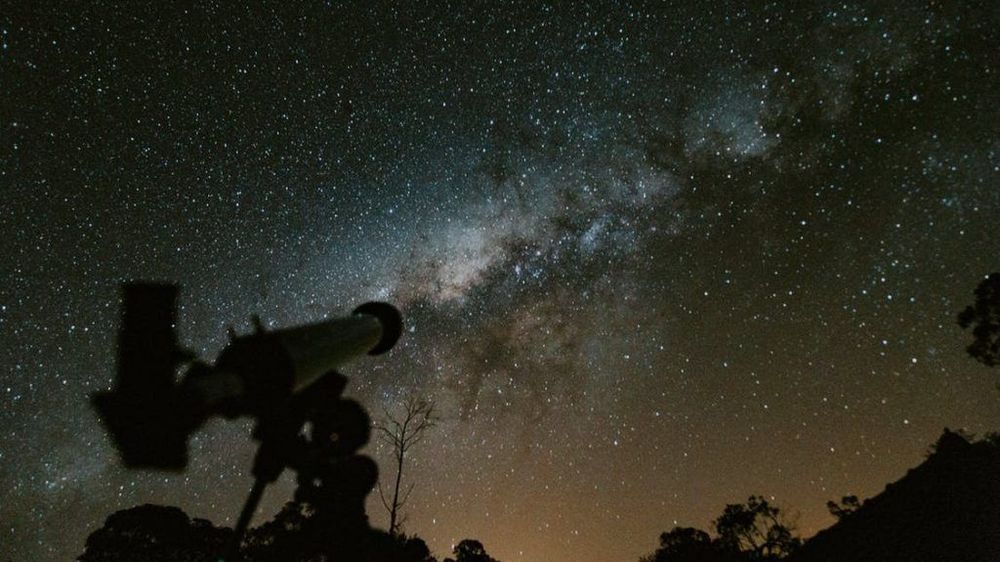‘La Maison de La Celle-Saint-Cloud’ is an art installation from 1974, in a house built by French artist, Jean Pierre Raynaud. Fascinated by space, uniformity and identity, he began to build this house in 1969 using entirely white tiles with black grout, creating the regular grid pattern in a rigid and geometric form. In 1974, the house was opened to the public in Paris showing the ultimate perfection and flawlessness. But then in 1988, the artist decided to closed the house to himself only and subsequently demolished it in 1993 and presented the debris in 976 surgical containers.
The life of La Maison didn’t stop there, the fragments of which, have since been exhibited in various installations, and the fashion industry has also been paying tribute to it with different ad campaigns and collections inspired by the house.


